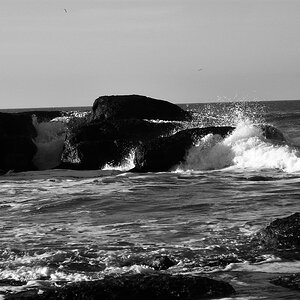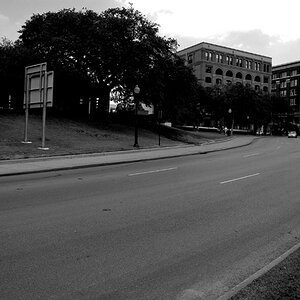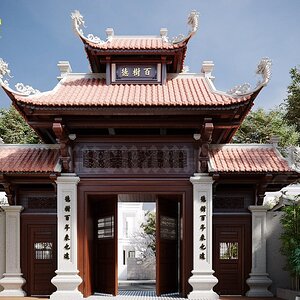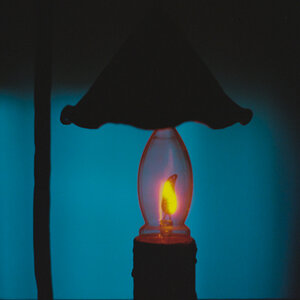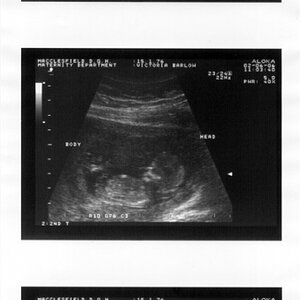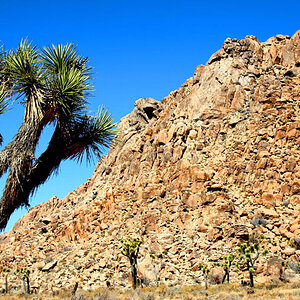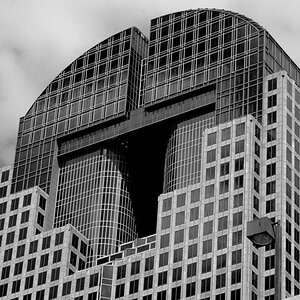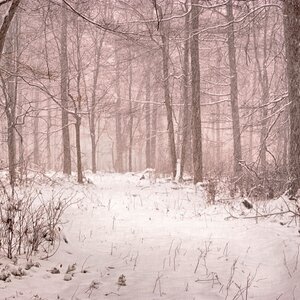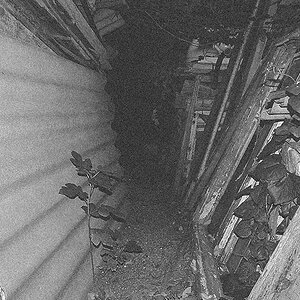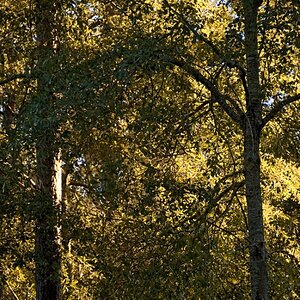- Joined
- Mar 8, 2011
- Messages
- 25,160
- Reaction score
- 9,010
- Location
- Iowa
- Website
- pixels.com
- Can others edit my Photos
- Photos NOT OK to edit
ET's don't change the focal length. Nor the 'crop-factor multiplier'. They only change the magnification ratio.
70mm is 70mm is 70mm is 70mm all day long.
70mm is 70mm is 70mm is 70mm all day long.



